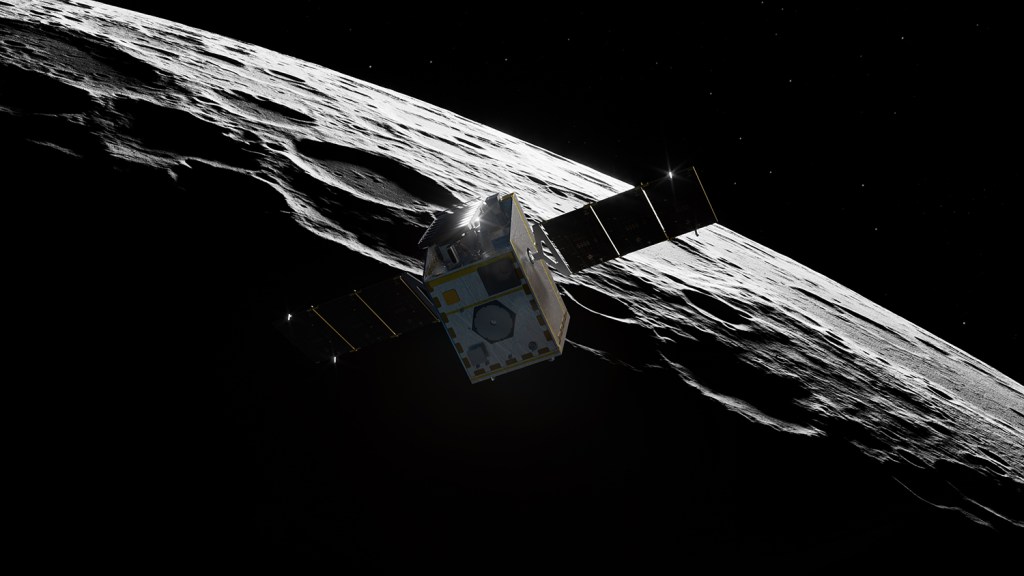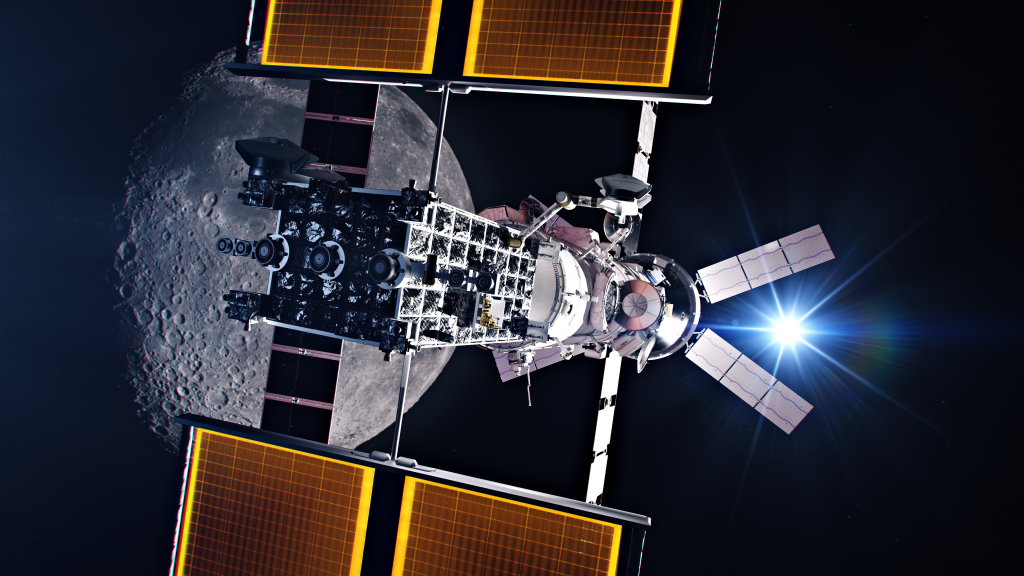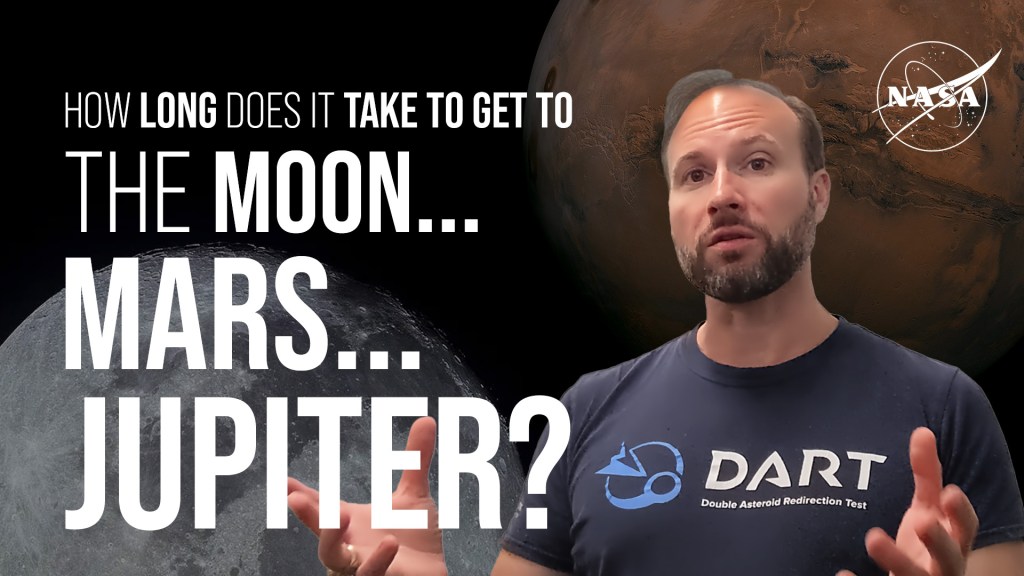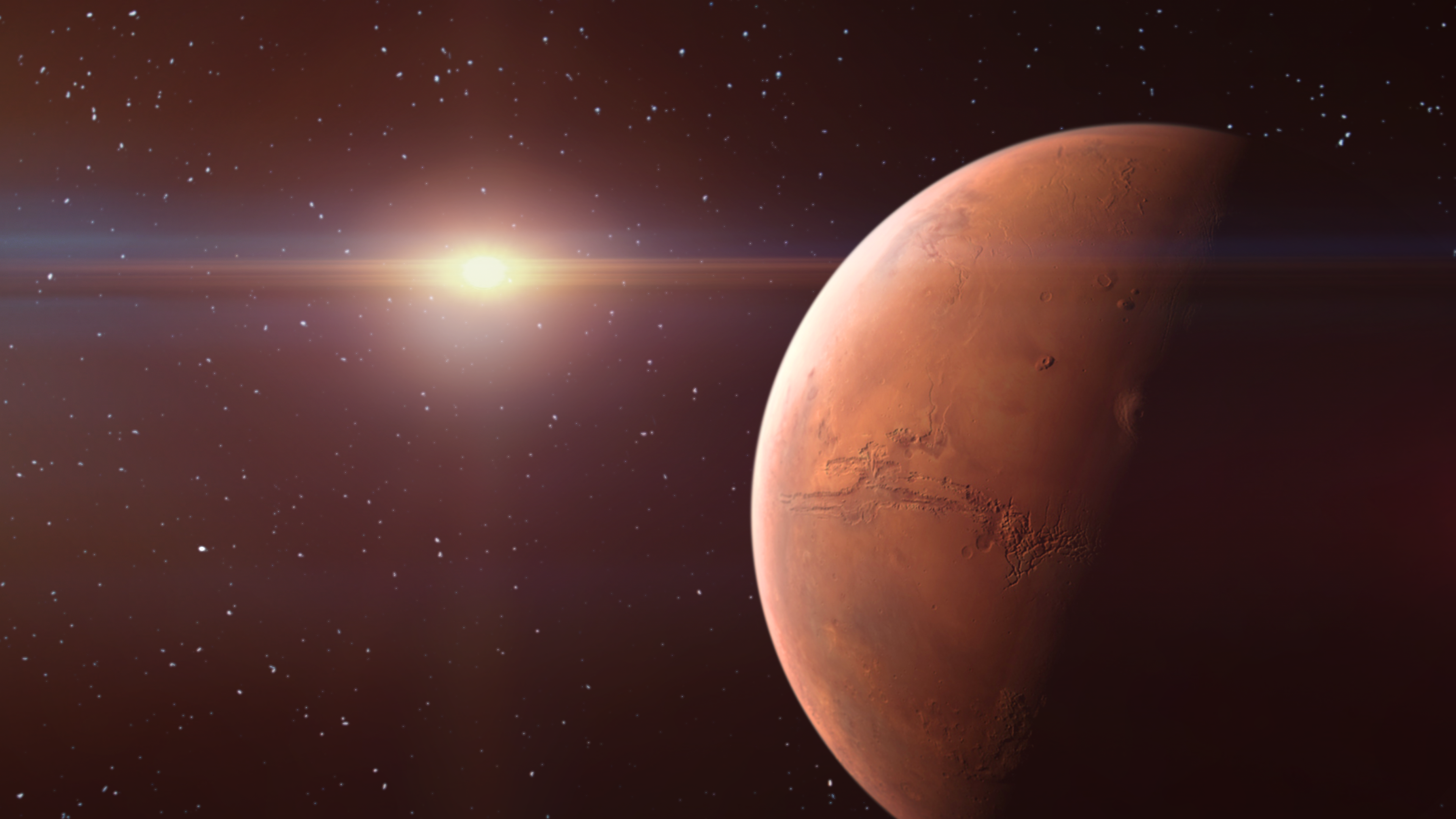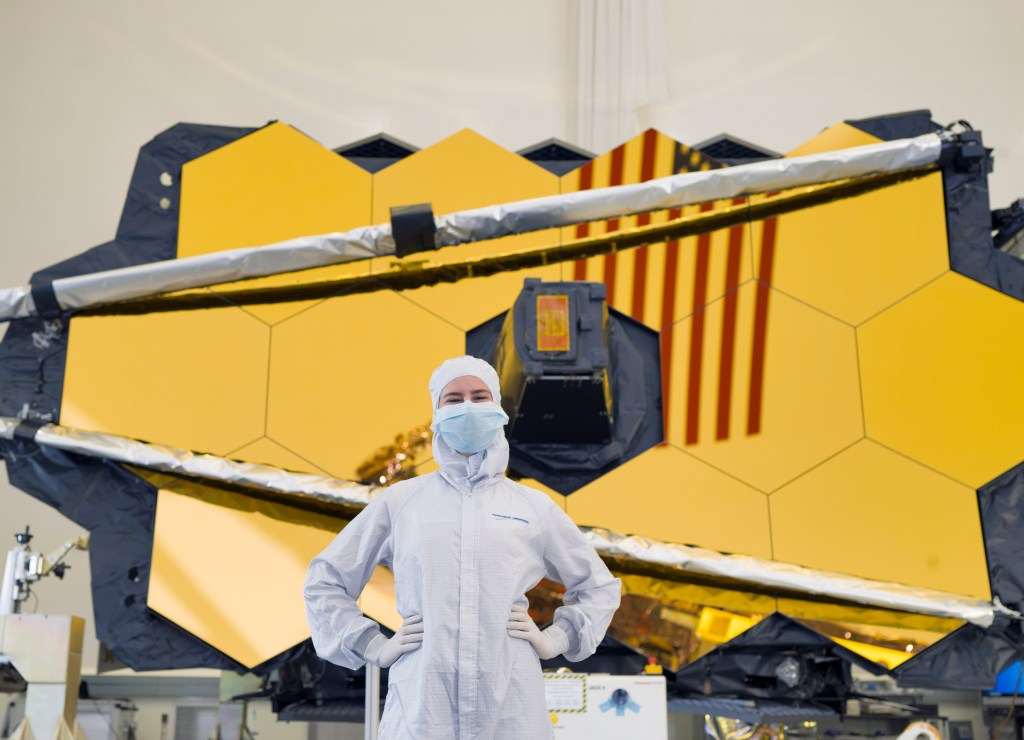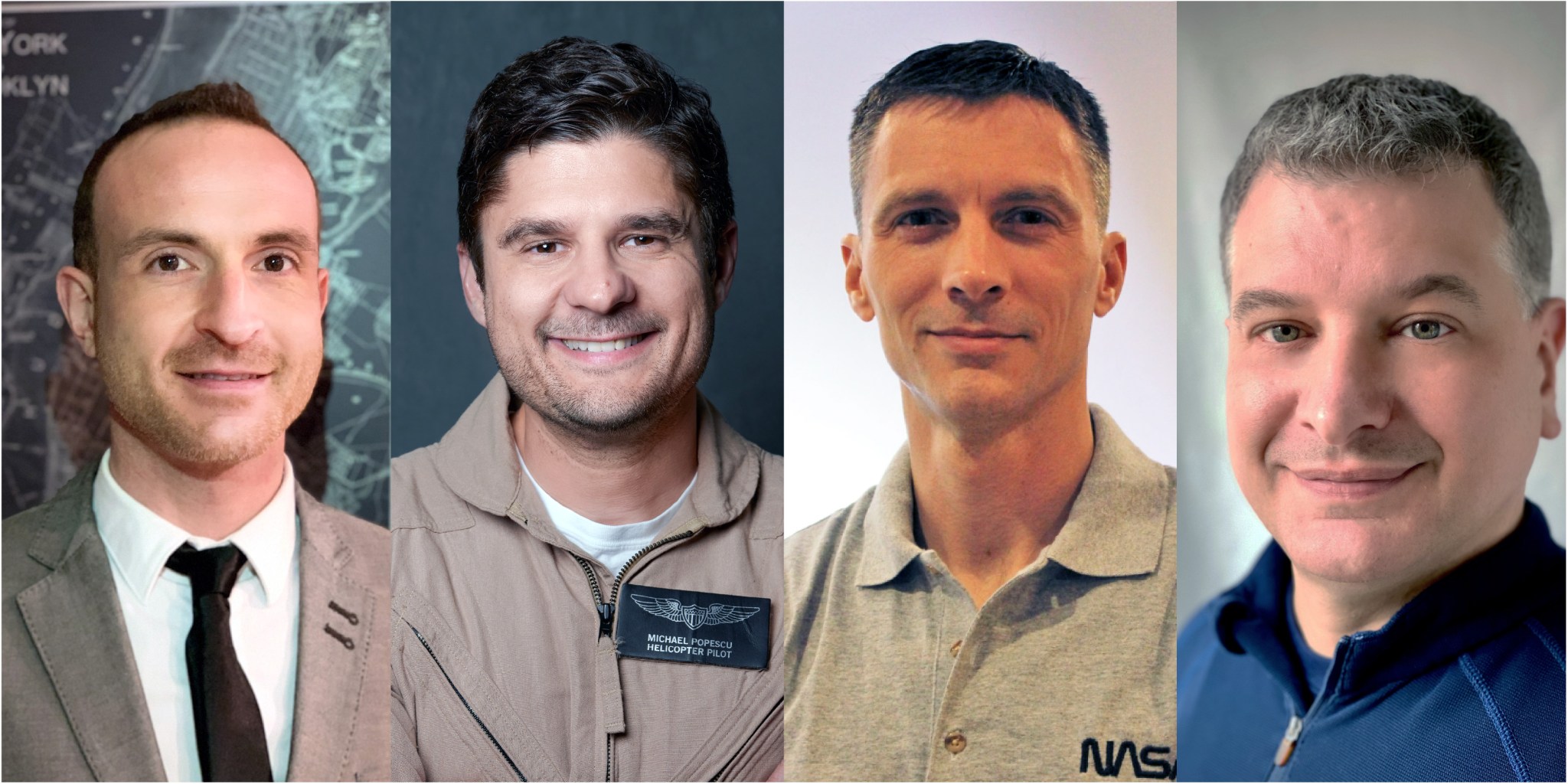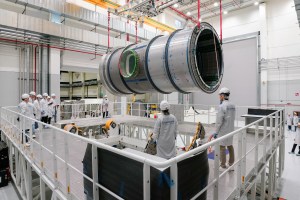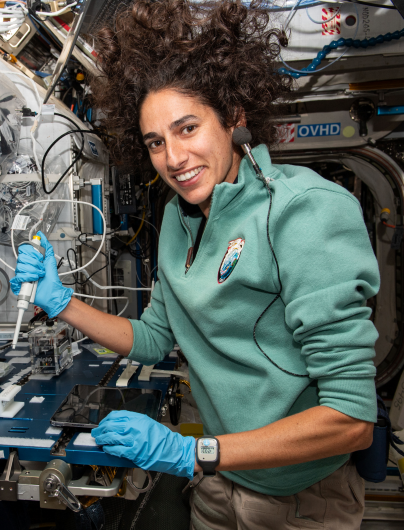NASA will simulate the long trek to Mars’ moon Phobos with a volunteer crew of four people who will work for 45 days inside a ground-based habitat at NASA’s Johnson Space Center in Houston. The mission will begin on Jan. 28 in a structure called the Human Exploration Research Analog, or HERA, designed to serve as an analog for the rigors of real space exploration missions.
HERA will house Jared Broddrick, Pietro Di Tillio, Dragos Michael Popescu, and Patrick Ridgley as they conduct science experiments and face the isolation, confinement, and time delays of a long space mission. Once the habitat’s doors close, they will not reopen until March 14.
As the simulated journey takes crew members closer to Phobos, those inside will experience increasing delays in communicating with the outside world. When the crew reaches Phobos, this delay will last up to five minutes each way. Such delays will force the crew – and those coordinating their journey – to practice communicating in ways that minimize impacts to mission operations and allow the crew sufficient autonomy to accomplish the mission.
“In this HERA campaign, we’re learning more about how teams function in an autonomous environment where they have limited contact with Earth,” said Brandon Vessey, research operations and integration element scientist for NASA’s Human Research Program, or HRP. “What we learn will inform how future exploration missions beyond low-Earth orbit are performed. This will help ensure that our astronaut crews can work effectively through challenges unique to long-duration spaceflight, including communication delays.”
HRP will perform 15 total studies throughout the missions, with seven returning investigations and eight new ones. The data collected as part of these missions will continue to help prepare humans for Artemis exploration missions to the Moon, trips to the planned lunar Gateway outpost, and long-duration missions to Mars.
The upcoming simulation is the second mission of HERA’s Campaign 6. Mission 1 ended on Nov. 15, 2021. Two additional missions will follow as part of the campaign, with the final simulated mission set to end Sept. 12, 2022.
The primary crew of HERA Campaign 6, Mission 2, is:
Jared Broddrick
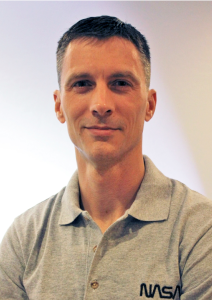 Jared Broddrick, Ph.D., is a research scientist in the Space Biosciences Research Branch at NASA’s Ames Research Center in Silicon Valley, California. He serves as the microbiology discipline scientist for NASA’s Space Biology Program. He also supports NASA’s HRP in the effort to quantify the microbial risk to crew and develop countermeasures to overcome those risks.
Jared Broddrick, Ph.D., is a research scientist in the Space Biosciences Research Branch at NASA’s Ames Research Center in Silicon Valley, California. He serves as the microbiology discipline scientist for NASA’s Space Biology Program. He also supports NASA’s HRP in the effort to quantify the microbial risk to crew and develop countermeasures to overcome those risks.
Broddrick is a graduate of the U.S. Air Force Academy, and, while on active duty, deployed three times in support of combat operations in the Middle East. Upon leaving active duty, he obtained a master’s in biochemistry from the University of California San Diego. After a stint in the biotechnology industry, he returned to the university to earn a doctorate in biology.
Broddrick continues to serve in the Air Force Reserve, where he holds the rank of lieutenant colonel. He also supports mission objectives at the Combined Space Operations Center at Vandenberg Space Force Base in California.
Pietro Di Tillio
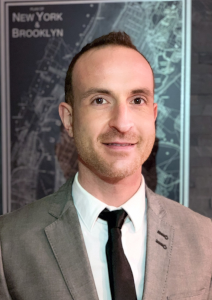 Pietro Di Tillio is from Metuchen, New Jersey, and works as a geoscientist and a GIS analyst in the environmental engineering industry. He has worked on site remediation, as well as creating, managing, analyzing, and mapping geographic data. During his career, he also collaborated on projects supporting the U.S. Environmental Protection Agency and the U.S. Postal Service during the government’s hurricane Maria and Irma emergency response.
Pietro Di Tillio is from Metuchen, New Jersey, and works as a geoscientist and a GIS analyst in the environmental engineering industry. He has worked on site remediation, as well as creating, managing, analyzing, and mapping geographic data. During his career, he also collaborated on projects supporting the U.S. Environmental Protection Agency and the U.S. Postal Service during the government’s hurricane Maria and Irma emergency response.
Born and raised in Pescara, Italy, Di Tillio attended G. D’Annunzio University in Chieti, where he earned a bachelor’s degree in geology and a master’s degree in geological and Earth science. During his college years, he attended the University College of London during an international student exchange program, living in London for half a year. He moved to the United States in 2013.
In his free time, Di Tillio enjoys traveling the world with his family, hiking in the wilderness and discovering rural villages, playing soccer with friends, and working on renovation projects of modern and rural homes.
Dragos Michael Popescu
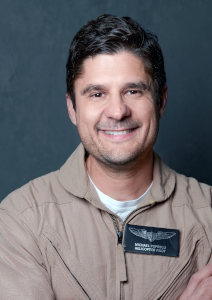 Dragos Popescu is the technical lead for several spacecraft and rocket engine development programs in the aerospace industry. He is also a systems engineer for Gateway’s Habitation and Logistics Outpost, or HALO, where he works on environmental controls and life support systems.
Dragos Popescu is the technical lead for several spacecraft and rocket engine development programs in the aerospace industry. He is also a systems engineer for Gateway’s Habitation and Logistics Outpost, or HALO, where he works on environmental controls and life support systems.
Popescu is currently pursuing his doctorate in systems engineering and machine learning from the University of Arizona, Tucson, where he also earned a bachelor’s in aerospace engineering. He holds a master’s in business administration with a focus on entrepreneurship. Popescu mentors graduate students for the Mission Operations Center at the university’s Lunar and Planetary Laboratory and is a graduate of the McGuire Center of Entrepreneurship.
Popescu specializes in integrating new technologies with existing aircraft/vehicle systems and infrastructure. A commercial fixed wing and helicopter pilot, he also consults as a test pilot, providing human factors evaluation and design guidance for advanced avionics technology programs. With several patents in the areas of aircraft precision navigation, power systems, and mechanical systems, Popescu’s latest research addresses the next level of automation in aerospace systems under machine learning protocols.
Popescu also serves as a chief pilot for Hope From Above, an aviation-based nonprofit organization focused on air transport and disaster resupply needs in remote areas.
Patrick Ridgley
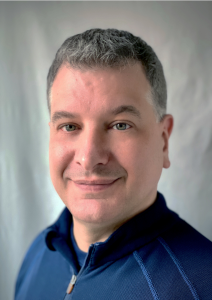 Patrick Ridgley is a lead engineer in Dynamic Systems Engineering at Boeing in Philadelphia, Pennsylvania. In this role, he contributes to a team that specializes in the design, manufacture, testing, and certification of critical, life-supporting drive systems and gearboxes that help ensure flight safety.
Patrick Ridgley is a lead engineer in Dynamic Systems Engineering at Boeing in Philadelphia, Pennsylvania. In this role, he contributes to a team that specializes in the design, manufacture, testing, and certification of critical, life-supporting drive systems and gearboxes that help ensure flight safety.
During his career, Ridgley has worked in various disciplines including reliability, maintainability and manufacturing engineering, while supporting multiple developmental, military, commercial, and space programs. He has also volunteered as a mentor to middle school students participating in the Future City Competition and the FIRST Lego League.
Ridgley earned a bachelor’s in aerospace engineering, followed by a master’s in information science, and a master’s in software engineering from Pennsylvania State University. He also holds an Associate of Applied Science degree in Machine Tool Technology from Delaware County Community College in Media, Pennsylvania.
Ridgley is a certified scuba diver through the National Association of Underwater Instructors, with certifications in advanced diving and rescue diving. He is also a recreational luge slider. As a youth, he was a development skeleton athlete with the USA Bobsled and Skeleton Federation, completing the bobsled driver course in Lake Placid, New York.
In his free time, Ridgley enjoys reading, exercise, hiking, woodworking, and luge. He lives near Philadelphia with his wife, daughter, two Siberian huskies, four cats, and a border collie.
_______
NASA’s Human Research Program, or HRP, pursues the best methods and technologies to support safe, productive human space travel. Through science conducted in laboratories, ground-based analogs, and the International Space Station, HRP scrutinizes how spaceflight affects human bodies and behaviors. Such research drives HRP’s quest to innovate ways that keep astronauts healthy and mission-ready as space travel expands to the Moon, Mars, and beyond.

